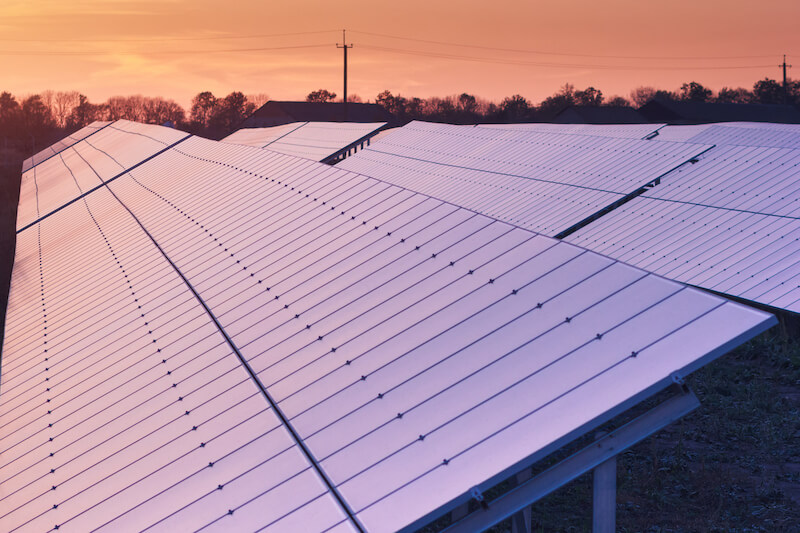The United States added 35.3 GW of new solar energy production capacity in 2023.

The U.S. Department of Energy’s Energy Information Administration (EIA) plans to deploy at least 50 GW of solar energy in 2024.
Overall, low-emission electricity sources, excluding nuclear, saw a marginal increase from 962 TWh to 972 TWh of generation. The flat growth was due to hydroelectricity falling just over 6%, while wind fell almost 2%. Overall, renewables, which accounted for 1% growth and 2% decline in electricity demand, covered 23% of all generation, setting a new record. Adding nuclear power, 41.1% of all electricity generated came from zero-carbon sources, another all-time high.
One of the reasons for the strong deployment volume growth in 2023 was a recovery from the slowdown in 2022 due to the pandemic and supply chain constraints. The largest price increase occurred in solar modules, whose prices were heavily influenced by a significant increase in polysilicon costs. However, since then, polysilicon prices have fallen dramatically and module prices have remained near all-time lows in recent months.

